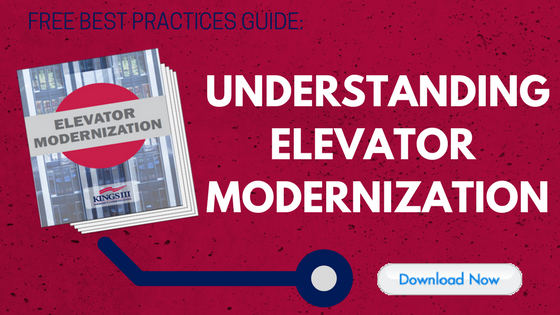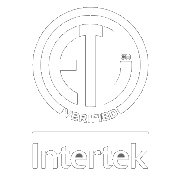BLOG CATEGORIES
The Hottest Current Elevator Upgrade : Machine Room-Less Elevator
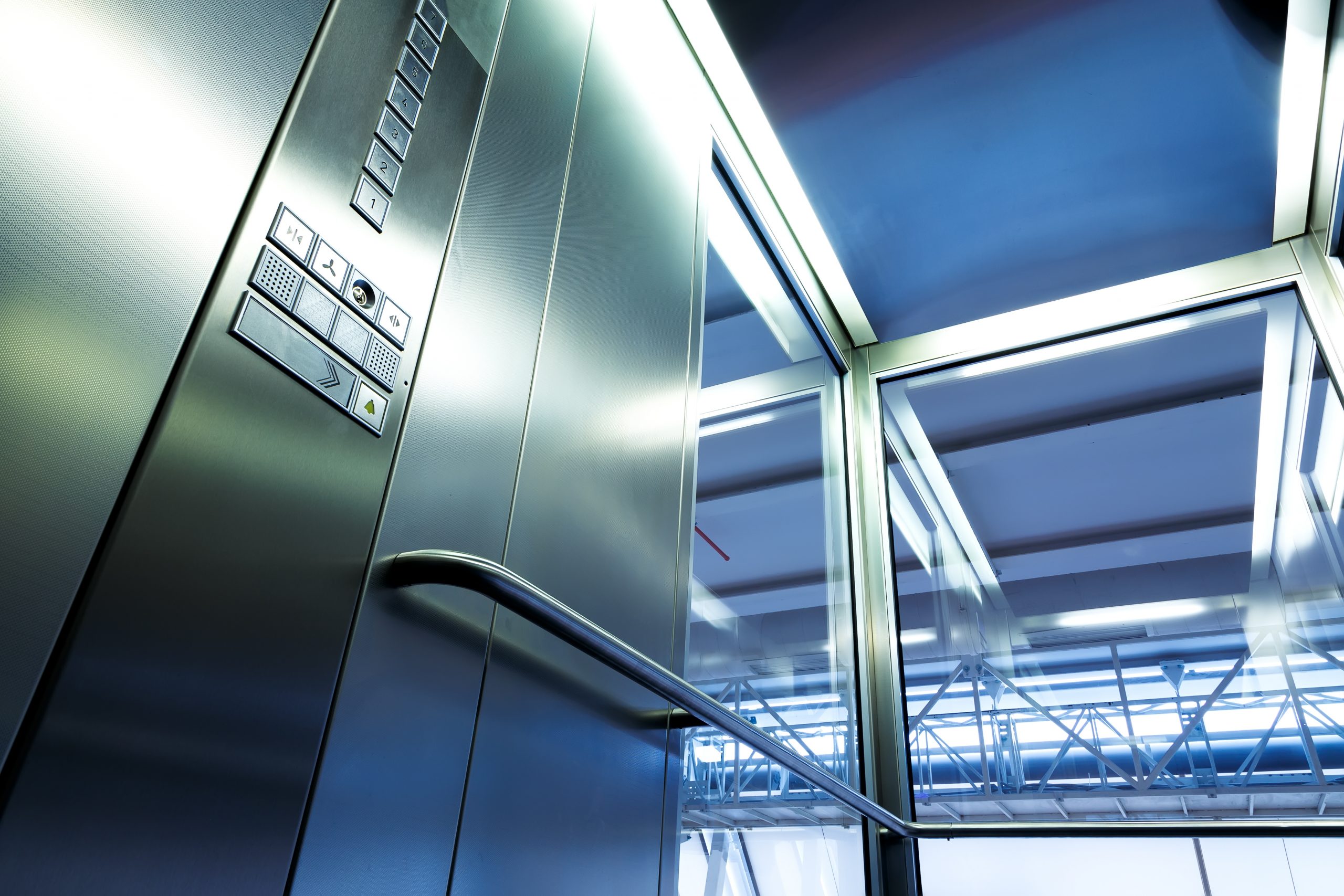
Machine Room-Less Elevators (MRLs) are becoming more and more common in the United States. Is this something you should consider for your property? Learn the pros, cons and code requirements associated with the upgrade.
Elevator modernization: sooner or later, it has to happen. After all, elevators are highly frequented areas on your property. You have to keep up with tenants’ expectations when it comes to look, feel, safety and even factors such as speed and wait time. Unfortunately, elevator modernization can sometimes get complicated and expensive. The elevator industry has come a long way and has taken well to technology, but there are often long stretches when not much new is happening. However, a new wave of elevator tech is being adapted that is believed to save money and energy, and to increase tenant satisfaction: machine room-less elevators (MRLs). Here, we tell you why the demand for MRLs is going up and help you to consider whether such an upgrade is the right fit for your property.
Find out how to improve safety and reduce costs at your property
Our best-in-class emergency phone + monitoring solutions provide peace of mind and are backed by decades of expertise
Learn More
2024 ELLIES WINNER
Best Supplier -
Communication System
Ready to make some elevator updates? See our free Elevator Modernization guide >>
*Remember, if you are a Kings III customer and are modernizing your elevator, we will replace your emergency phone free of charge.
Machine Room-Less Elevator pros
Machine Room-Less Elevators are currently the hottest product in the elevator upgrade game. Millennials and green-loving tenants will be very happy with this: MRLs allow for a reduction in the size of electrical motors used with any traction equipment. These vehicles are designed with permanent magnet motors (PMMs) which locate and connect with the machines in the overhead hoistway. That means no need for a machine room over the hoistway.
According to elevator consultant Andrew Smith: with an MRL elevator you do not have to allocate the additional space to house the drive mechanism. Depending on the drive system and whether the installation is residential or commercial (B-355), a machine room could require anywhere from 12 to 20 square feet. This is space that could be used for storage, a larger elevator car, or a revenue opportunity (like a couple of extra tables in a restaurant).
In a nutshell, the MRL is a gearless traction machine, which is meant to produce a smoother performance compared with hydraulic elevators. This new technology can also operate at faster speeds, increasing riders’ perception of quality.
The key difference when measured against hydraulic technology: MRL elevators eliminate the cost and environmental concerns of buried hydraulic cylinders, which are filled with hydraulic oil.
See our free download with an in-depth look at elevator communication codes and easy elevator phone testing methods >>
MRLs have been big outside of the U.S. for at least the last 15 years and they are becoming a common upgrade in low- to mid-rise buildings. The reason for the slow introduction: U.S. code requirements and the limited number of manufacturers offering the product. Eventually, KONE introduced it in the U.S.
Local code officials have since been warming up to the idea of MRLs, and the product has since expanded to include more elevator types and sizes.
Compared with hydraulic elevators, MRL elevators are estimated to save a significant amount of energy (about 70-80 percent, according to buildings.com).
More advantages, according to construction.com: elevator door operators are designed with more efficient permanent-magnet synchronous drive motors that require less power to operate than conventional door systems. The reason: a drive motor centered directly above door panels and a simplified torque transmission that eliminate complicated cam mechanisms.
Machine Room-Less Elevator cons
The technology does raise some red flags, however. Because it’s so new, it doesn’t have a solid, proven performance track record of reliability. Also, the MRL design has not yet been specifically addressed in the ASME A17.1 Safety Code for Elevators and Escalators, although many states are allowing it to be installed under a project-specific variance. Certain manufacturers include alternative suspension systems to the traditional steep ropes; this may require review by local code authorities.
Click here to read our blog post on how to benefit from a quick and easy elevator code checklist.
MRLs may also be more expensive to service than traditional elevators; parts may be expensive and not as easily available. They include many proprietary parts, so you may have to stick to the initial installing contractor for maintenance.
Looking at the long run
Although it may currently cost more to install an MRL elevator (compared to traditional elevators), it will save money in the long run. According to an elevator consultant with Arizona Elevator Solutions, “MRL elevators are a little more expensive compared to traditional elevators, but enable the architects to offer clients less expensive construction options, as they do not need to build an additional structure for machinery. In addition, this improves the building’s health.”
Looking for a full elevator modernization? According to Arizona Elevator Solutions, that will cost you, on average, around $175,000.
No matter what kind of modernization you’re considering, the #1 consideration is always safety. Whether your elevator is traditional or an MRL, be sure it contains the most dependable emergency communications. Kings III solutions help you to reduce risk, liability and cost. And when you modernize, Kings III will replace your elevator emergency phones free of charge. Learn more at www.kingsiii.com.
CATEGORIES TAGGED
ELEVATORS
PROPERTY SAFETY
CATEGORIES
KEEP LEARNING

Bridging Technology & Trust-Guide
As technology evolves, the realm of emergency communications is experiencing a paradigm shift, driven by the phasing out of landlines and the implementation of updated elevator codes. These advancements not only impact technical components for hotels, but also bear profound implications for the human element - the core of exceptional hospitality.

Honoring the Impact of Asian Pacific American Leaders in Public Safety
This APAHM, Kings III is recognizing Asian Pacific American leaders whose contributions have shaped the landscape of emergency response and communication. From community advocates to heroic first responders, their impact continues to influence how we protect and serve others. Explore the stories of eight influential individuals whose legacies still guide the industry today.

How Kings III Helps You Cut Costs Without Cutting Corners
Managing costs without sacrificing safety is a challenge every property team faces. This blog explores how Kings III’s all-inclusive emergency phone solution helps reduce hidden expenses, simplify operations, and ensure code compliance—all while delivering 24/7 emergency response and peace of mind. From eliminating outdated landline costs to streamlining support, see how you can protect your property and your bottom line.
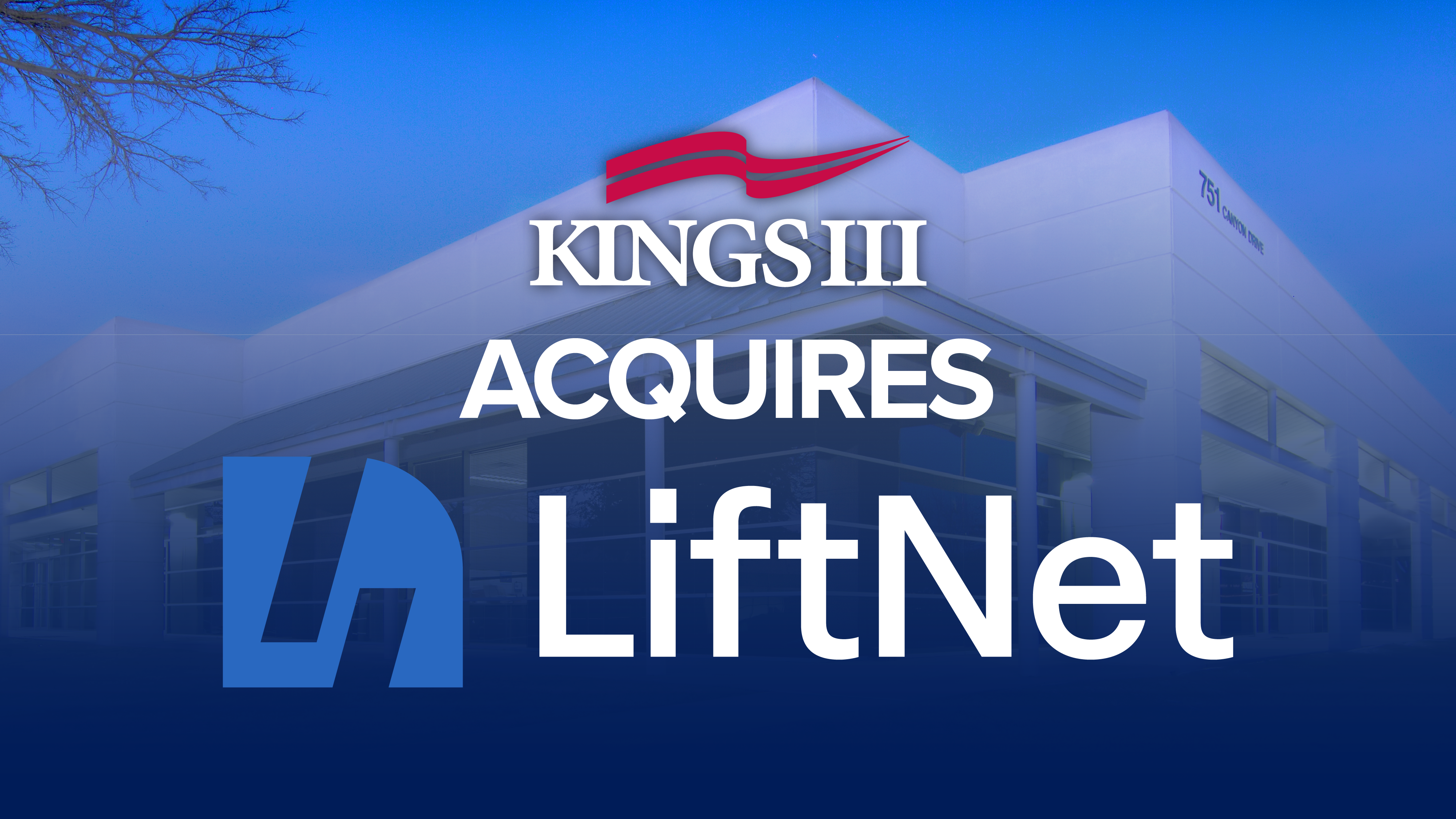
Kings III Acquires LiftNet, Advancing Connected Safety & Remote Monitoring in Elevators and Escalators
Kings III Emergency Communications partners with Wurtec to enhance elevator video messaging systems, addressing new code requirements for two-way displays and video monitoring. The collaboration combines Kings III's emergency response expertise with Wurtec's industry solutions to provide streamlined, compliant elevator safety communications nationwide.
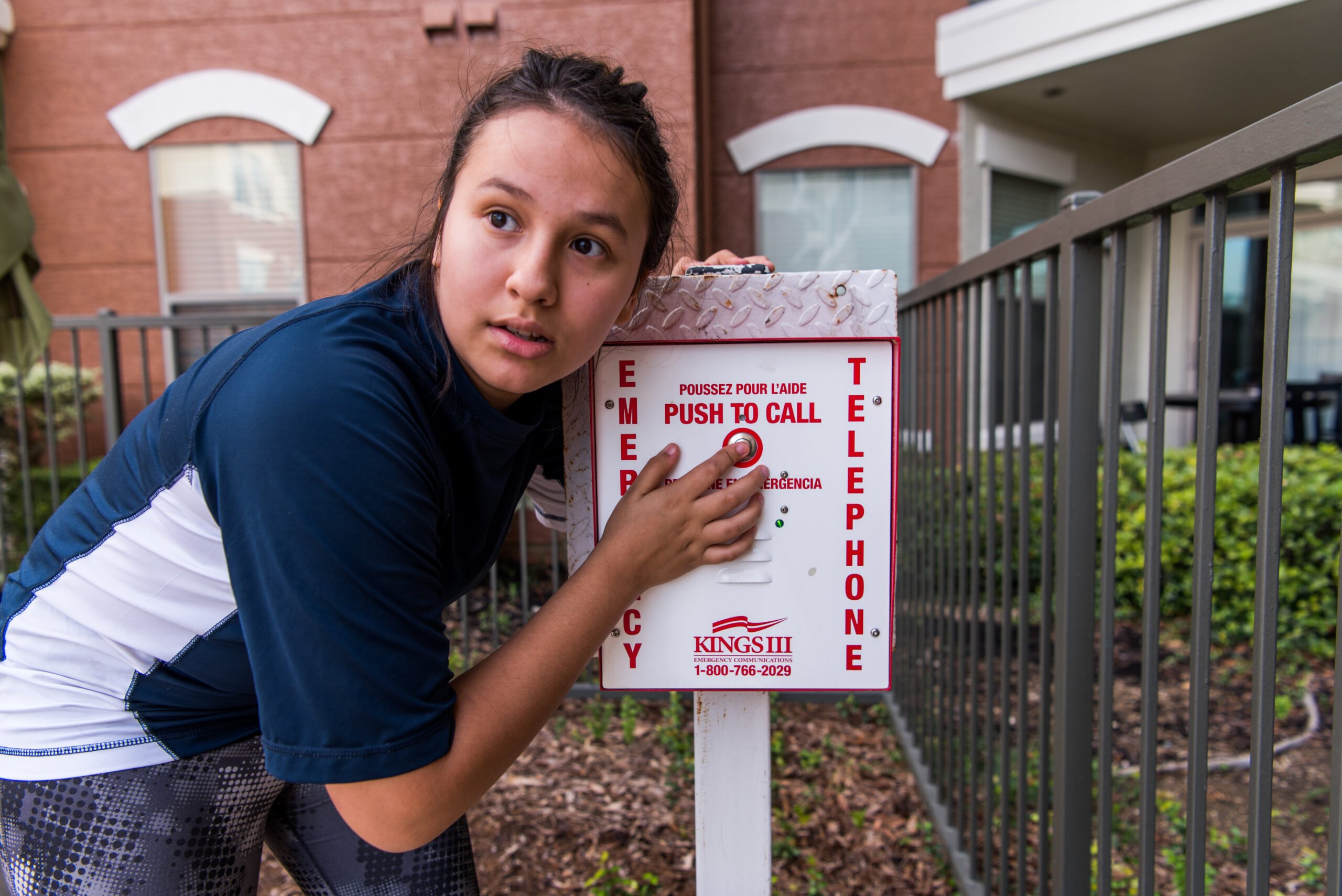
Is Your Pool’s Emergency Phone Compliant? Here’s How to Check (And What to Do If It Isn’t)
Is your pool’s emergency phone truly compliant and ready when it matters most? A reliable, code-compliant emergency phone is more than a regulatory requirement—it’s a critical lifeline that ensures immediate access to help during emergencies. This guide walks you through how to check compliance, properly test your phone, and take the right steps if it doesn’t meet current standards. Whether you're ensuring your current system is up to code or exploring a more dependable solution, we’ll help you navigate the process and safeguard both safety and liability.
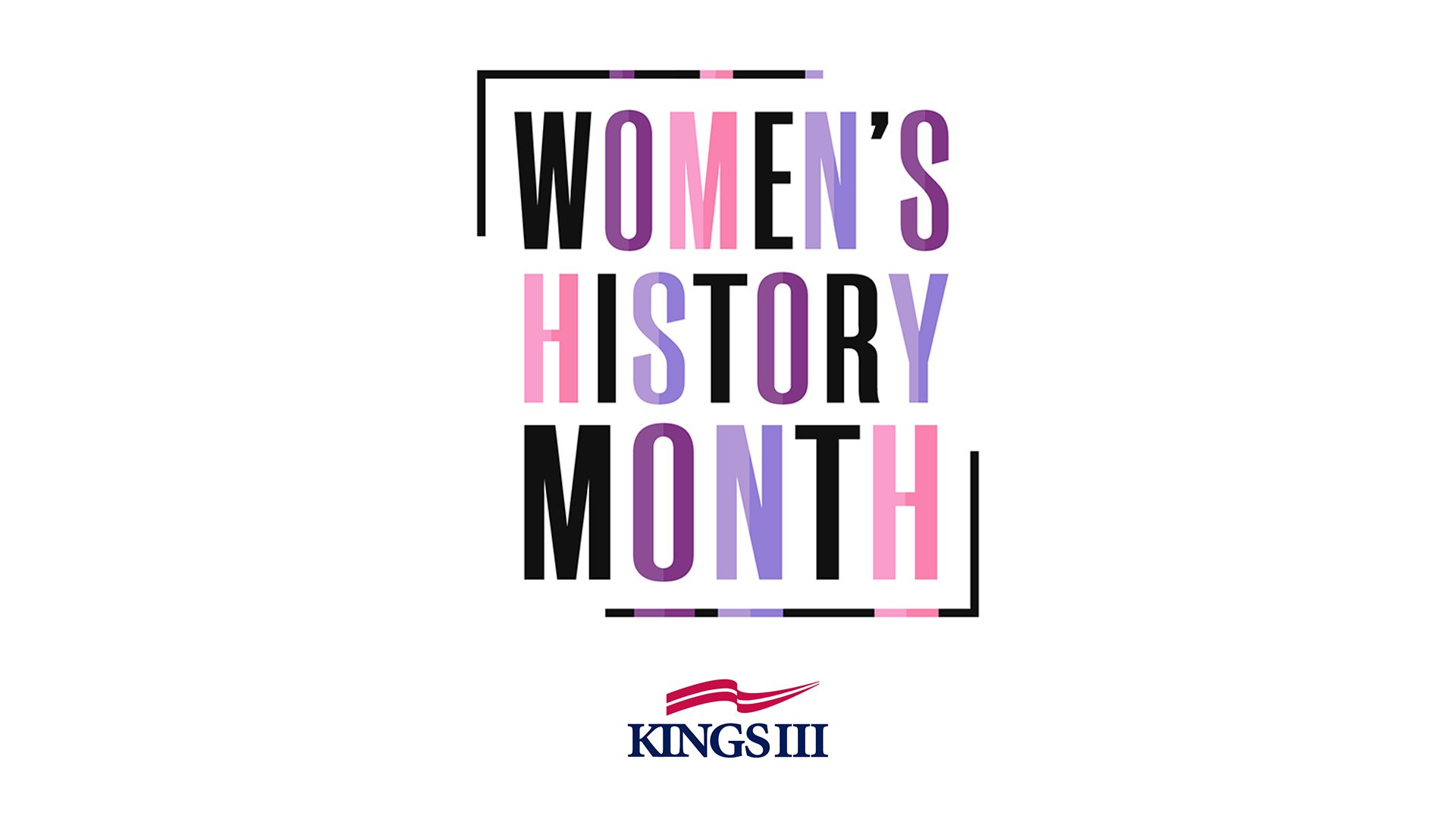
8 Women Who Shaped the Future of Emergency Response & Dispatch
This Women’s History Month, Kings III is honoring the women who have paved the way in emergency response and dispatch. From breaking barriers in EMS to pioneering advancements in emergency communication, these trailblazers have helped shape the way lifesaving services operate today. See eight influential women whose contributions continue to impact the field and inspire future generations.

Honoring Black Pioneers: 7 Influential Figures in Emergency Communications & Response
This Black History Month, Kings III is honoring Black men and women who served as pioneers in the fields of emergency dispatch and emergency response. See 7 influential trailblazers who broke barriers, advanced life-saving technologies, and shaped the way emergency services operate today.
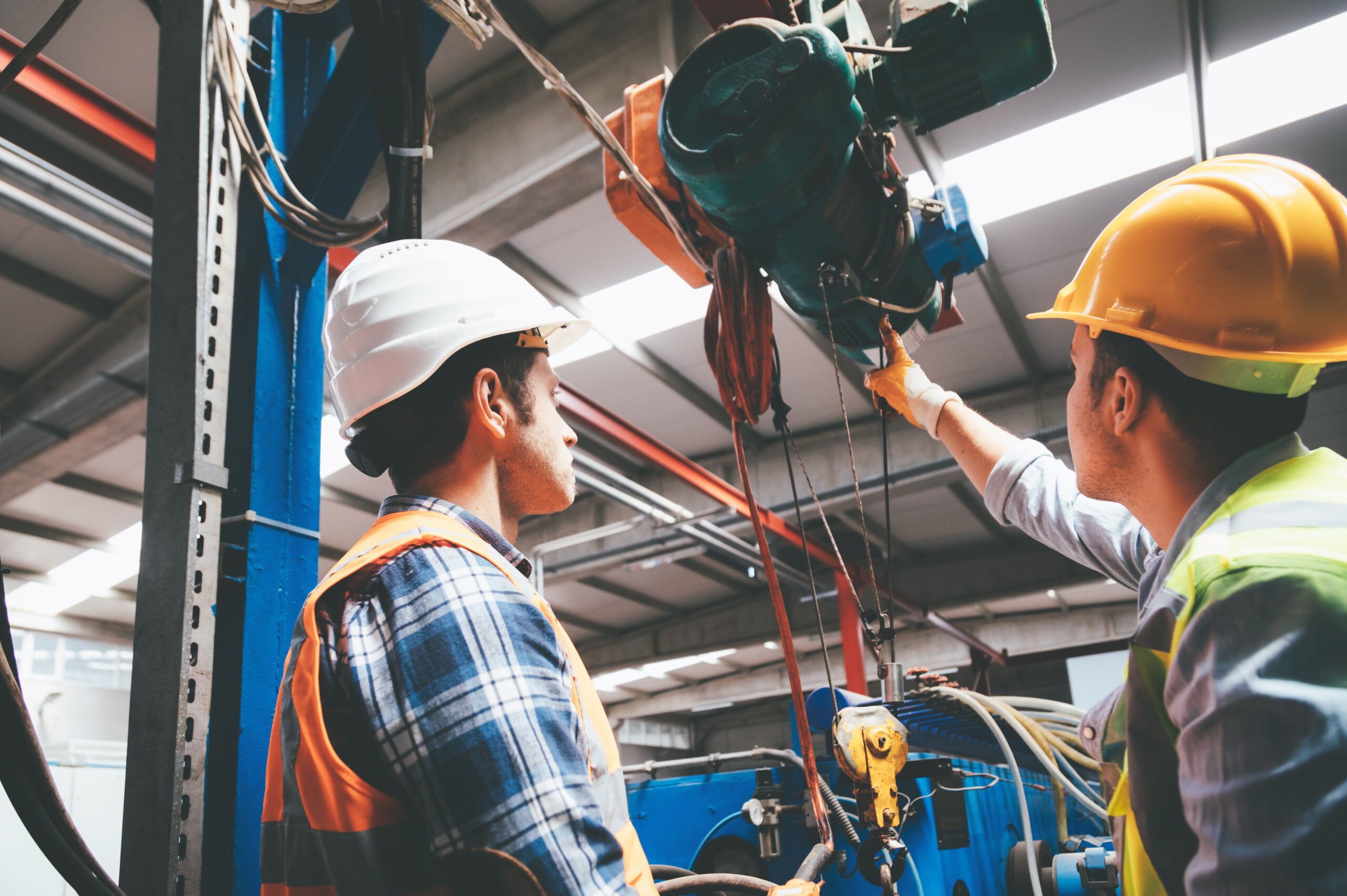
How Recent Spikes in Copper Theft Threaten Your Emergency Communication & What You Can Do About It
Rising copper theft is putting emergency communication systems at risk, leading to potential service outages. Without a reliable backup, property managers may face compliance issues and safety concerns. Learn more about the threat and how a cellular solution can help protect your property.
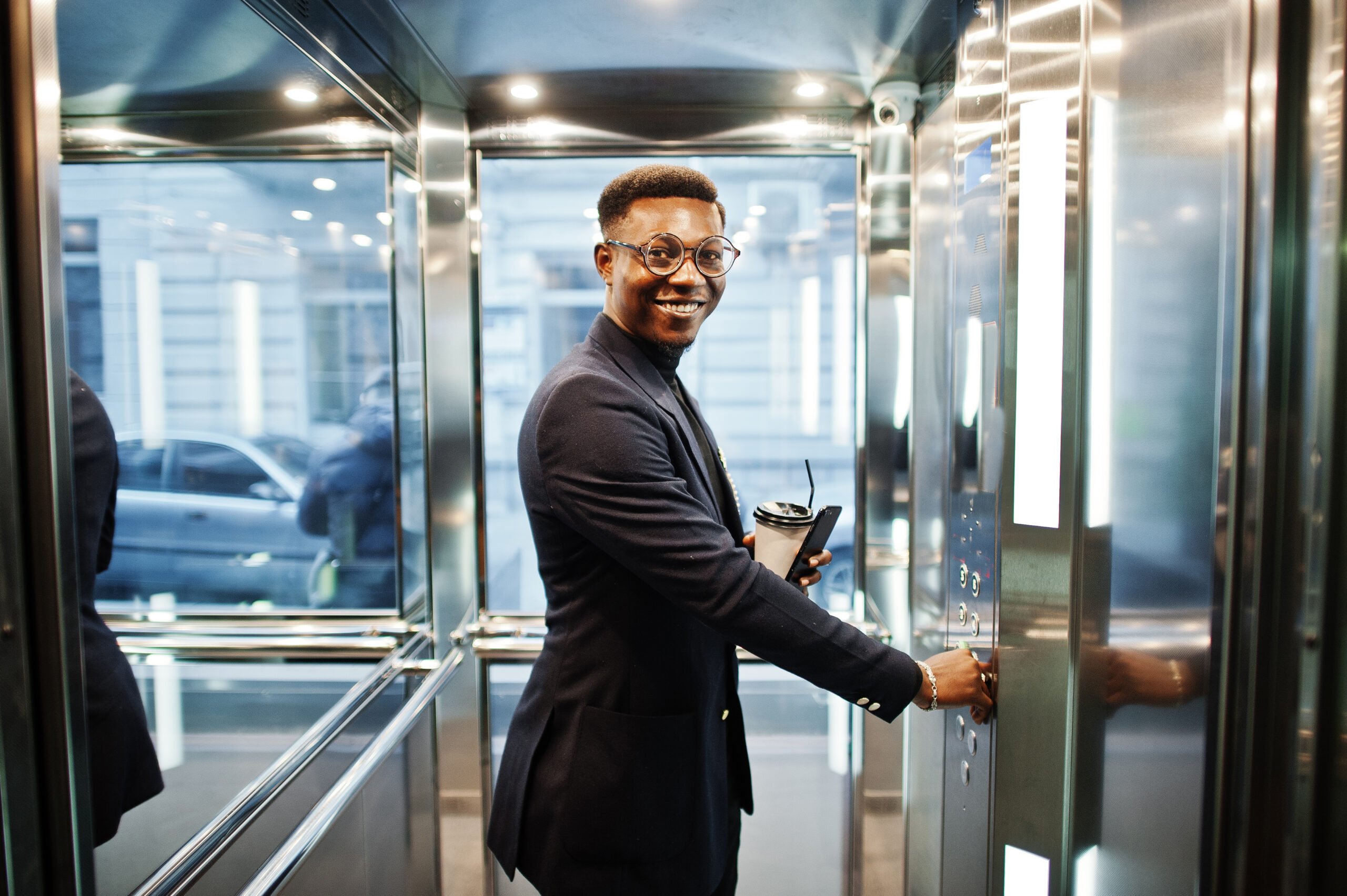
Is Your Hotel’s Emergency Communication System Up to Code?
Hotel emergency communication systems must meet strict safety and compliance standards, but are yours up to code? From elevator phones to pool and parking lot emergency call systems, we break down key requirements and how to ensure your property stays compliant.


